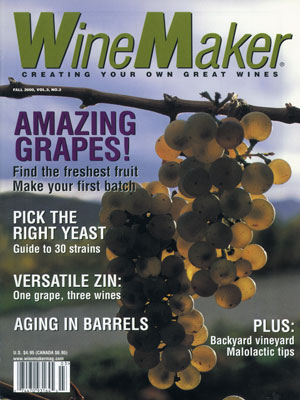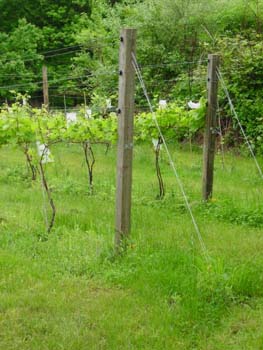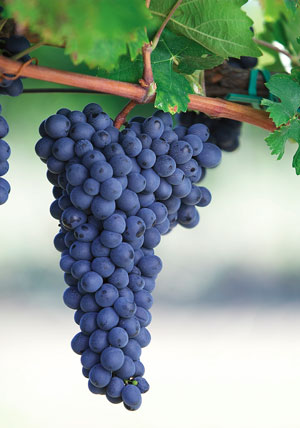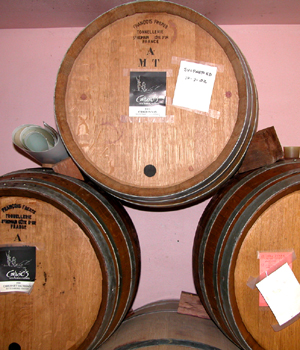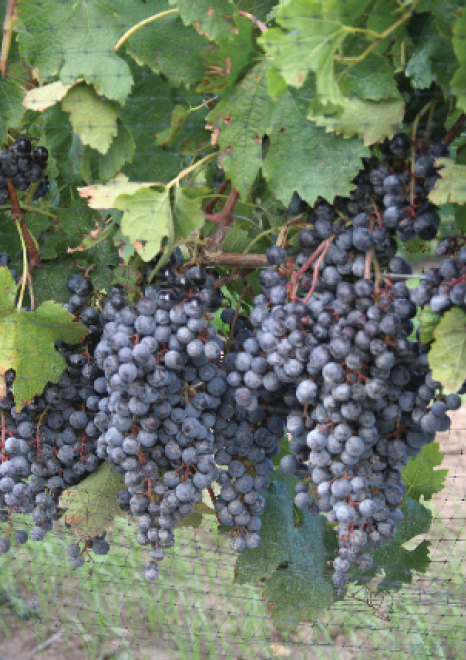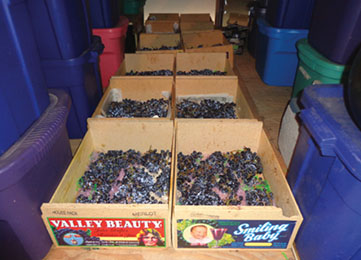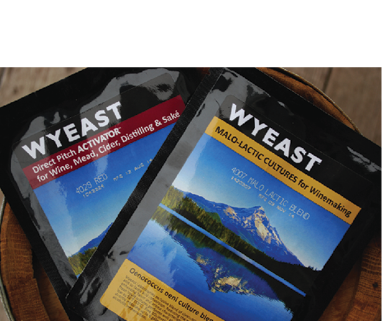Fall 2000
Feeding Your Yeast & Elderberries: Wine Wizard
Dear Wine Wizard, I am planning to brew my first mead this weekend. I will be using a recipe that calls for “yeast extract,” which I take to be the same as
Second Press Runs to Get More from Your Grapes
As home winemakers, there’s nothing like adding a new trick to our repertoire. Anything that makes our wine a little better is definitely a good thing. For those reasons, you should explore
Planning Your Backyard Vineyard
With all the excitement of harvest and crush in the air, it’s easy to forget about planting. But if you’d like to start a small, backyard vineyard next spring, there are some
Zinfandel: Varietal Focus
Learn about Zinfandel and find instructions to make Zin in three different wine styles.
Mastering Malolactic Fermentation: Tips from the Pros
Malolactic fermentation (MLF) may sound mysterious, but it’s a technique every home winemaker should master. It’s quite different from “regular” fermentation, in which yeast convert sugar into alcohol. MLF involves bacteria instead
From Grape to Glass
Nothing feels as satisfying and authentic as making your first batch of wine from fresh grapes. And there’s no better time to try it than in early autumn, when grapes all over
Finding Amazing Grapes!
The harvest came a little late that year. Having fully prepared myself by washing the equipment, buying additives and laying plastic sheeting all over the basement floor, I found myself glancing anxiously
The Strain Game
You need to select the right kind of yeast for the style of wine you want to make. Yet choosing the proper yeast should not be a daunting task — with proper planning it’s easy to achieve the desired results.
How can I best rid my wine of tartrate crystals?
Sometimes commercial wineries chill their for months in the 30-degree Fahrenheit range and still get “tartrate fallout.” Even if a wine has been “cold stabilized,” as this process is called, there’s no
How can I best save an open container of grape juice concentrate?
In regards storing your opened can of concentrate, I would freeze it. Dump the remains into a Tupperware or other freezer-safe storage container and stick it in your freezer. The high sugar
How is Fume Blanc made? I would like to make some at home!
Wine Wizard replies: The short answer to your question is: 0.45 micron nominal filter pads are the industry standard for “sterile” filtration. These pads prevent all yeast and bacteria from getting through.
I picked up two very old glass carboys at a flea market and I don’t know what used to be stored in them. Should I still use them for winemaking?
I have three remonstrative but kindly meant words for you: don’t go there. Though I’m known among my friends and associates as an antiquities enthusiast, when it comes to winemaking, I have
Is yeast extract the same as yeast hulls and yeast nutrient? And what is the best way to use it?
Have no fear of the Champagne yeast failing to take off in your honey. As long as you dilute the honey accordingly, you’ll have a sugar solution that the yeast should happily
What changes the color to blue when water is used to clean containers that held elderberry juice I used for winemaking?
You’re right in assuming that it has something to do with acidity, but the answer you’re looking for is not exactly the presence of an acid but rather the absence of one.
Would a welding supply company be a good source of argon gas for winemaking?
Commercial wineries get a lot of their argon from welding supply houses, so there’s no reason you shouldn’t, too. The only thing that I would wonder is just how much argon you’ll

